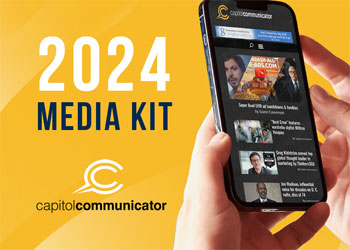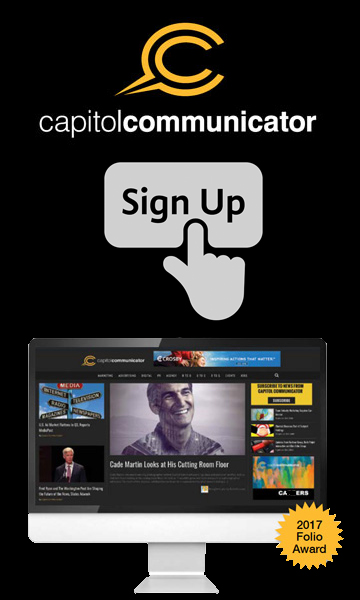By Pieter Bickford, Marketing Executive, HighRock
“Traditional marketing” doesn’t exist anymore, at least not in the way we’ve always talked about it. Digital marketing now encompasses the ads, commercials, and copy we think of as a part of the traditional marketing sphere. That’s why it’s crucial to invest your marketing money digitally – the web is where your company can reach the most amount of people in the shortest amount of time.
In Part 1 of this series, we discussed the importance of setting and prioritizing goals. I want to focus on how to measure ROI when you’re selling something intangible – your services. If you’re selling shoes and advertise those shoes through banner ads on websites, promoted posts on social media, and pre and mid-roll ads on YouTube, you can directly track how many people click on and purchase your shoes from each outlet. However, measuring ROI on digital advertising investment isn’t always that simple. Many companies are marketing their services, rather than products sold direct to consumers on their website. When you can’t measure each unit sold as ROI, how do you calculate if your advertising dollars are working for you?
Set Realistic Expectations for Digital Media
Be realistic in what you consider a marketing victory. If you’re promoting your company’s services rather than its products, your marketing goal should be to get customers to interact with specific parts of your website, such as the “contact us” page, a “free estimate” form, or the “more info” download. If a customer sees your ad, clicks through to your website, and fills out the contact form on your website – that’s a win! Lead generation is the name of the game, rather than direct sales.
Track Progress of Your Digital Campaigns
Once someone clicks on your ad to visit your site, you are able to track their activity on your site. You can determine what pages they visited, for how long, and any other site-interactions they had. This is immediate ROI that traditional advertising like billboards or print ads were never able to offer: information about your customers. In the past, if you ran a large advertising campaign and then saw an increase in profits, you weren’t able to pinpoint which ad brought the most customers in. Was it your TV commercial? Your billboard? Was it your print ads? With tracking digital media, you’re now able to focus your marketing budget on the ads that you know bring in the most customers.
Change and Adapt Based on Digital Results
If you’re not generating the number of digital leads you want, you can use this customer information to your advantage to craft new paths through your website. If you notice that customers are spending a lot of time on your “About Us” page but then leaving your website, you can add a CTA button or an attention-grabbing video at the bottom of the page to keep them engaged and moving towards your end-goals of the contact form.
Digital advertising also offers ultra-specific ad targeting that allows you to hone in on the markets that you want to corner. Notice that one demographic is more interested than you thought they’d be? You can quickly change your digital goals and adjust to focus on where the money is.
Ready to reassess your digital goals and start capturing more leads? Reach out today to talk to a Marketing Executive who can help you craft a digital plan to meet your company’s annual goals!

























0 Comments